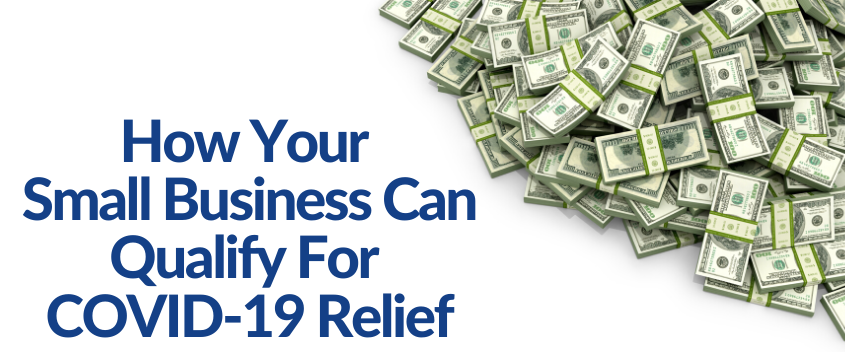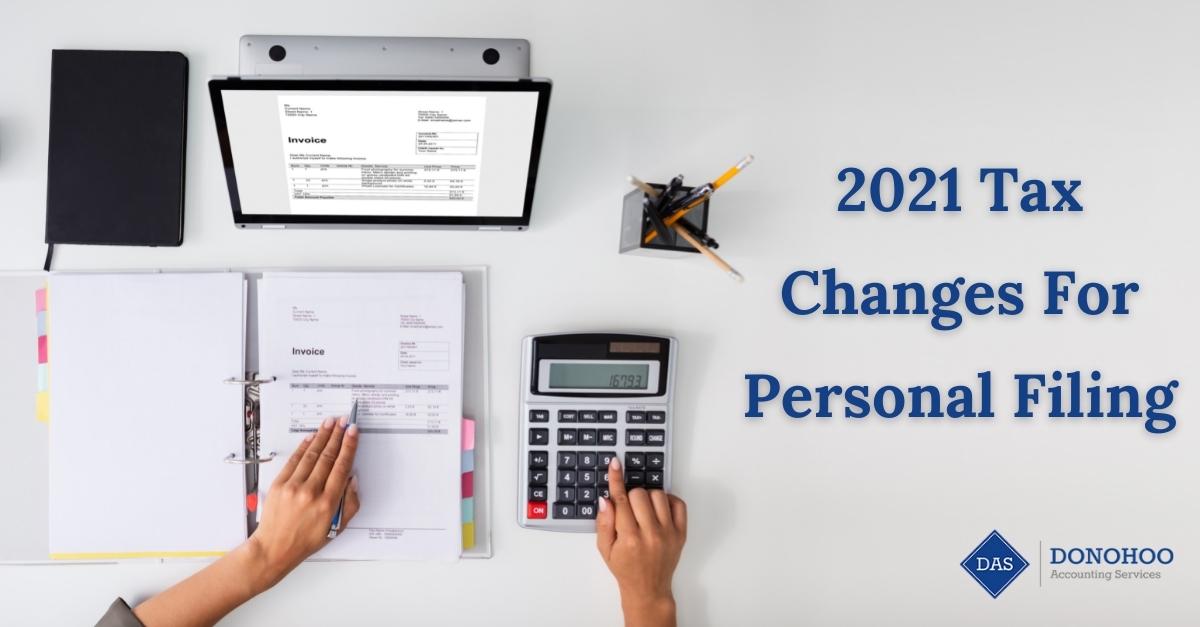Year-End Tax Moves To Make Now
Most people don’t think about taxes when it’s not tax season, but you absolutely should. 2020 has been unusual in every way, and the upcoming tax season will likely follow suit because there are tax moves you can make before the end of this year that will benefit you once you file. Here are a few that we suggest:
Track receipts
If you are self-employed and working from home, you can deduct your office space (it has to be used just for work) and any expenses you incur. If your income was lower than usual but your medical expenses were higher, you might qualify for deduction. Best practice for 2020? Save your receipts.
Don’t forget about other taxable income
Many people were furloughed or lost their jobs this year because of the stay-at-home order. If you picked up a side hustle to make ends meet, your earnings are considered taxable income, even if you don’t have official paperwork that details the money. Unemployment benefits are taxable, too. If you received any of those, you’ll have to fill out a 1099-G form and enter those amounts on your tax return. If withholdings weren’t taken out of those payments, you’ll have to make up for it when calculating your 2020 estimated tax payments.
Max out for retirement
If your income went up this year, it’s the perfect opportunity to reduce your tax liability by increasing your contribution to your retirement account.
Conversely, if your income went down and you had to borrow from your retirement account, you won’t pay penalties but you will have to account for that on your taxes for the next three years.
Make the most of your savings
If the stay-at-home order resulted in prepaid vacation refunds, fewer travel expenses or less spending in general, you may find yourself with a slightly larger wallet. If that’s the case, make the most of that money by investing it now in a long-term savings account, such as a 529 or Roth IRA.
Check your withholdings
If your income has changed, check your paycheck to make sure you are withholding enough for federal taxes to avoid penalties and interest to the IRS. The IRS has a tool to help you do this, but you will have to manually calculate it for your state withholdings.
Revisit your stimulus eligibility
If your income decreased in 2020, you might qualify for the stimulus payment made available from the CARES act, even if you didn’t qualify in 2019 or 2018. There will likely be extra documentation to fill out with the IRS Form 1040. The credit will automatically be applied if you are eligible.
We understand that tax filing can be overwhelming in the most normal of situations, so it will be especially challenging when filing for this year. We also know you have a life to lead and business to run, so let us handle your accounting issues and headaches. If you have any questions about what you should be doing now for the upcoming tax season, please reach out to Donohoo Accounting Services today at 513-528-3982 for a free consultation.
For more tips and our latest updates, check us out on Facebook, Twitter or LinkedIn!









